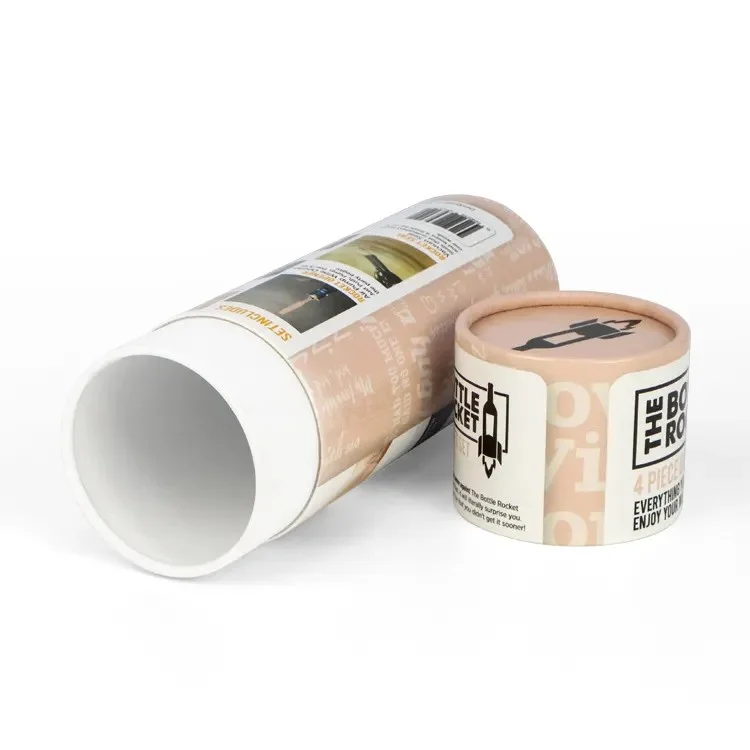Screen printing is a versatile and widely used method for transferring designs onto various substrates, from textiles to promotional items. However, despite its popularity, there are specific materials and conditions that pose significant challenges for screen printing. In this article, we will explore what you cannot screen print on, delving into the reasons behind these limitations and offering alternative solutions for effective branding and design.
- Non-Porous Surfaces
One of the fundamental principles of screen printing is the ability of ink to adhere to a substrate. Non-porous surfaces, such as glass, metal, and certain plastics, present a unique challenge. The smoothness of these materials often prevents the ink from bonding effectively, leading to smudging, peeling, or complete failure of the print.
Alternative Solutions:
For non-porous surfaces, consider using specialized inks designed for adhesion, such as UV inks or solvent-based inks. Additionally, techniques like pad printing or digital printing may provide better results for intricate designs on these materials.
- Highly Textured Fabrics
While screen printing is commonly associated with textiles, not all fabrics are suitable for this technique. Highly textured fabrics, such as fleece or terry cloth, can create uneven surfaces that disrupt the ink transfer process. The ink may not fill the screen properly, resulting in a patchy or incomplete print.
Alternative Solutions:
For textured fabrics, consider using embroidery or heat transfer vinyl (HTV) as alternatives. These methods can provide a more consistent and durable finish on uneven surfaces.
- Stretchy or Elastic Materials
Materials with high elasticity, such as spandex or Lycra, pose another challenge for screen printing. When stretched, these fabrics can distort the printed design, leading to misalignment and cracking of the ink once the material returns to its original shape.
Alternative Solutions:
For stretchy materials, consider using water-based inks that are designed to stretch with the fabric. Additionally, direct-to-garment (DTG) printing can be an effective alternative, as it allows for more flexibility in design without compromising the integrity of the fabric.
- Dark or Deep-Colored Fabrics
Screen printing on dark or deep-colored fabrics can be problematic, especially when using lighter inks. The opacity of the ink may not be sufficient to achieve the desired vibrancy, resulting in a washed-out appearance.
Alternative Solutions:
To overcome this limitation, use a white underbase layer before applying colored inks. This technique helps to create a solid foundation that enhances the visibility of the design. Alternatively, consider using discharge inks, which remove the dye from the fabric and allow for vibrant colors to be printed on dark backgrounds.
- Small or Intricate Designs
Screen printing is not always the best choice for small or intricate designs due to the limitations of the mesh screen. Fine details may not transfer well, leading to a loss of clarity and precision in the final product.
Alternative Solutions:
For small or detailed designs, digital printing or heat transfer methods may be more suitable. These techniques allow for high-resolution images and intricate details without the constraints of screen mesh.
- Certain Types of Paper
While screen printing can be used on various types of paper, not all papers are created equal. Glossy or coated papers can repel ink, leading to poor adhesion and smudging. Additionally, lightweight papers may not withstand the pressure of the printing process.
Alternative Solutions:
When printing on paper, opt for uncoated or textured papers that allow for better ink absorption. For glossy finishes, consider using a specialized ink or a different printing method, such as offset printing.
Conclusion
Understanding the limitations of screen printing is crucial for achieving high-quality results. By recognizing what cannot be screen printed and exploring alternative methods, businesses and designers can ensure their branding efforts are effective and visually appealing. Whether you’re working with non-porous surfaces, textured fabrics, or intricate designs, there are always solutions available to meet your printing needs. Embrace the challenges of screen printing, and let creativity guide you to the right techniques for your projects.

